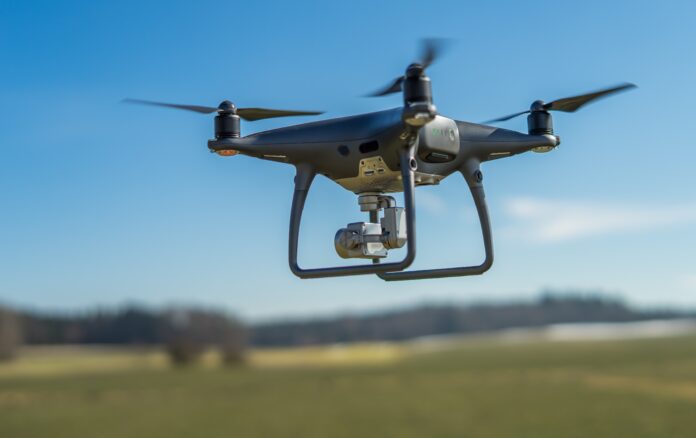Autonomous aerial vehicles (AAVs) are unmanned aircraft systems that can operate without a human pilot. They have the potential to revolutionize both the medical supply delivery and emergency response. Their biggest benefits are the increase in speed, flexibility, and accessibility of medical supply delivery. The efficient and timely delivery of medical supplies and emergency response services is critical for saving lives. This is especially true during emergencies and disasters. The current methods of delivery, including ground transportation and manned aircraft, have limitations that AAVs can overcome.
This article will explore the potential of AAVs for medical supply and emergency response delivery. And things such as their benefits and challenges, and current and future applications.
Benefits of AAVs for Medical Supply and Emergency Response Delivery
AAVs have several benefits for medical supply and emergency response delivery. Firstly, Since they travel through the air and do not have to deal with things like traffic. This makes them not just much faster but even more efficient than ground transportation. This speed and efficiency can be crucial in emergencies, where time is of the essence. Secondly, AAVs can operate at a lower cost than manned aircraft and require minimal infrastructure. This means they are much faster when it comes to delivery times and also much more cost-effective than manned aircraft. Thirdly, AAVs are accessible and flexible, as they can access remote and difficult-to-reach areas. This accessibility and flexibility are critical for medical supply and emergency response delivery in areas where ground transportation is limited. Finally, AAVs can improve patient outcomes by providing timely and accurate medical supplies and emergency response services.
Challenges and Risks
Despite their potential benefits, AAVs face several challenges and risks. Firstly, they face technical challenges such as air traffic management and obstacle avoidance, which can be especially complex in urban areas. Secondly, regulatory and legal challenges must be addressed, as AAVs require certification and approval from aviation authorities. Thirdly, public perception and acceptance are crucial, as many people may be wary of unmanned aircraft systems. Finally, security risks and the potential for misuse must be addressed to ensure public safety.
Current and Future Applications of AAVs in Medical Supply and Emergency Response Delivery
Several successful pilot programs and ongoing projects have demonstrated the potential of AAVs for medical supply and emergency response delivery. For example, Zipline, a drone delivery company, has partnered with several governments and organizations to deliver medical supplies to remote areas in Africa and Asia. Similarly, the North Carolina Department of Transportation has launched a pilot program to use drones to deliver medical supplies to rural areas. In the future, AAVs could be integrated into emergency response systems and scaled up for widespread adoption. Innovations in AAV technology, such as longer flight times and larger payloads, can also improve their effectiveness.
Case Study: COVID-19 Pandemic Response
The COVID-19 pandemic has highlighted the potential of AAVs for medical supply delivery. Several countries have used AAVs to deliver medical supplies, including personal protective equipment (PPE), to hospitals and healthcare facilities. For example, the government of Ghana has partnered with Zipline to deliver COVID-19 vaccines to remote areas. However, the pandemic has also highlighted some challenges, such as the need for coordination and collaboration between different stakeholders and regulatory bodies.
Conclusion
AAVs have the potential to revolutionize medical supply and emergency response delivery by providing speed, accessibility, and flexibility. However, they face several challenges and risks that must be addressed for widespread adoption. The COVID-19 pandemic has demonstrated the potential of AAVs for medical supply delivery. But at the same time, it also highlighted the need for coordination and collaboration between different stakeholders. Continued investment in AAV technology and integration into emergency response systems can significantly improve emergency response times and save lives. In the end, one thing is clear this technology is only going to become much more accessible in the future. Especially once we start more heavily incorporating other technologies such as AI into these vehicles.
And as always folks there are several similar articles on a wide range of topics that are both interesting and informative on Global Growth Forum go ahead and check out some of them. Also if you are interested in reading some interesting articles in Hindi be sure to check out the Mojo Patrakar.



